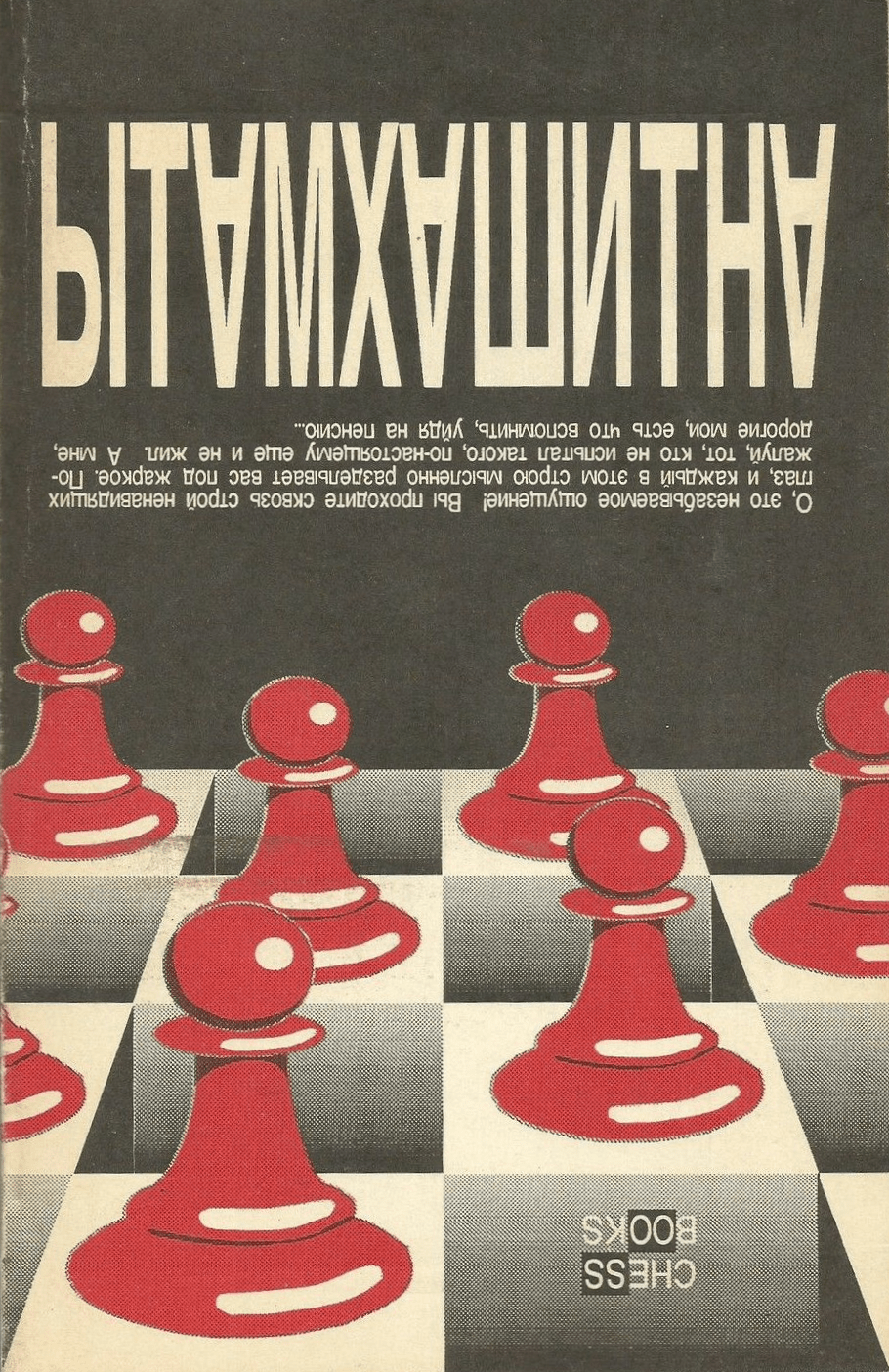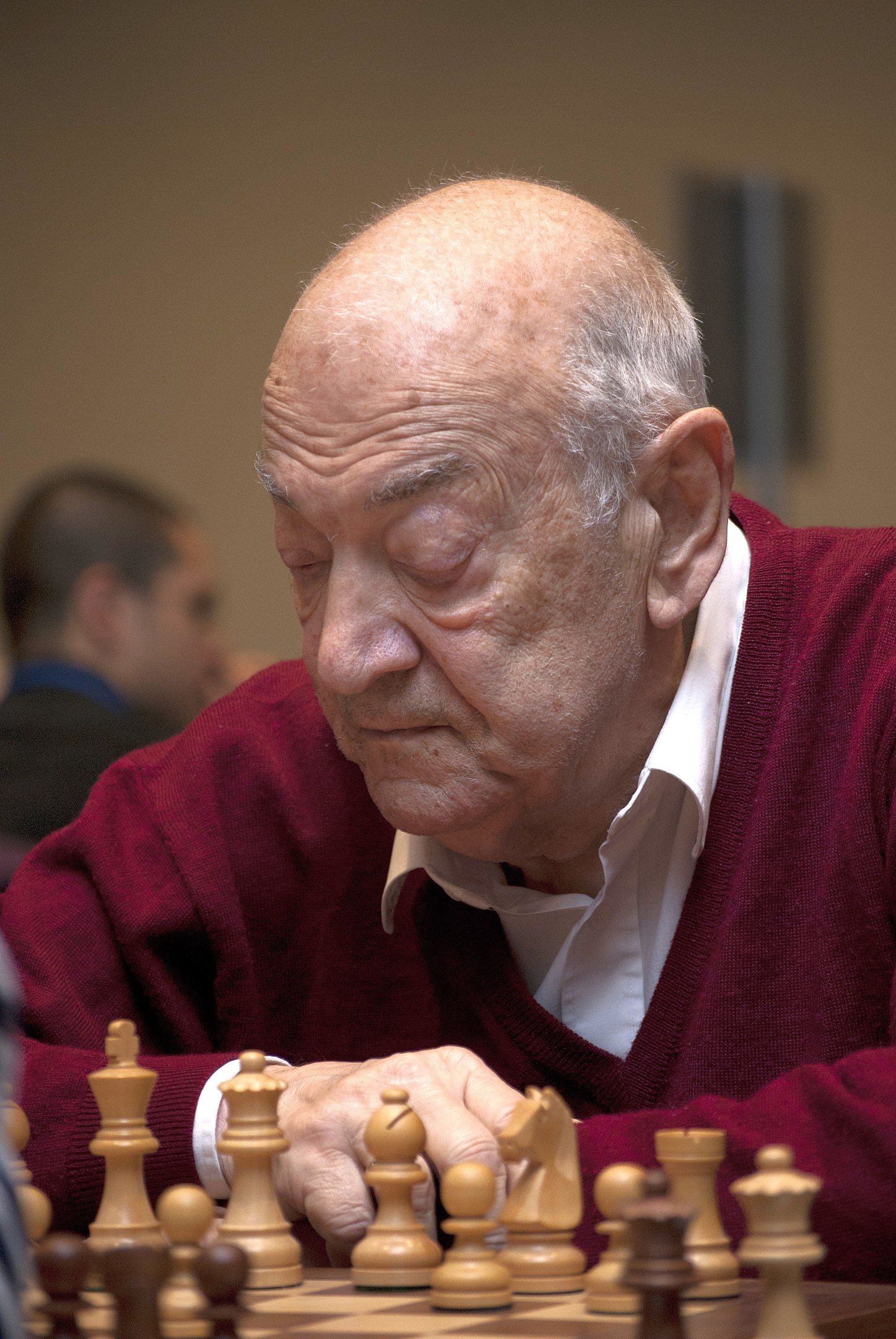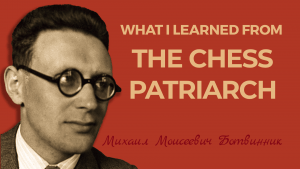
Anti-Chess: The Most Exciting Moment In Karpov Vs Korchnoi
Dear friends, today I'd like to talk about the Karpov vs. Korchnoi World Chess Championship match (Baguio, 1978) and to analyze one moment from the most controversial game of the match. As is well known, Viktor Korchnoi wrote the book "Anti-chess" about the match and the events surrounding it. However, I have to say that many games from the match were very interesting, and the quality of the games was incredibly high.
The match had everything: swift attacks on the king, incredible oversights, long and stubborn defense, subtle and complicated endgames. It was here that after the second game Korchnoi famously said, "Karpov somewhere heard that a bishop is stronger than a knight. In the hands of Leonid Stein, maybe, but not in his hands!"
The problem is that the chess content was overshadowed by "Chess Scandals," a very interesting book written by E. Edmondson and M. Tal.
In general, Karpov and Korchnoi would never get along well. I remember when in Wijk aan Zee (1993) after I lost to Korchnoi, and we started analyzing our game, Karpov came up to our board, and said, "Nd5 and Black (Korchnoi) is lost." Korchnoi, not taking his eyes off the board, retorted: "Young man, step away if you don't get it."

In my opinion, the match was one of the most interesting in the history of world championship matches. Maybe only the Spassky vs. Fischer match could be compared with this one. Today, we'll talk about the famous 31st game of the match which was adjourned in a very complicated rook ending and was afterword thoroughly analyzed by the many grandees of the chess world, among these were Bent Larsen, Jan Timman, Robert Huebner, Korchnoi himself, and, finally Garry Kasparov. Another important detail—the game was played when the score was 5-4 in Karpov's favor. Karpov needed only one more victory to win the match.
In his last volume of "My Great Predecessors," it seemed that Kasparov brought to a close the theme, but unfortunately, his analysis was not without mistakes. In 2006, I, together with my closest friend Karen Asrian, analyzed this endgame to find the chess truth. I should say that this is the most interesting rook endgame I have ever seen. Those who are interested, please see the book "Practical Rook Endings" (2002) by Korchnoi. Our analysis starts from 59...Rc1! and continues until 69...Ke7. All other lines and annotations are given by Korchnoi and Kasparov.
In his book, Kasparov resumes: "Thus the given analysis of the variations with 49.Re6! shows that the adjourned position was nevertheless won for White. In reaching this conclusion, I was helped not only by a computer but also in the first instance by intuition. After making a careful study of Korchnoi's deep analysis, I was imbued with the persistent feeling that White's positional advantage in this original endgame should be sufficient for a win. And subsequent searches confirmed this..."
Well, this time intuition let Garry down. The position was drawish. It is this feeling that Black should be able to hold the position that forced me and Karen to deeply analyze the endgame. Also, as 49.Re6 failed to win, I consider 49.Kc3 a more clever move which does not deserve the ?! annotation.
I'd like to add that during one of the Gibraltar tournaments, I told Korchnoi about the refutation of his and Kasparov's analysis (59...Rc1!! instead of 59...Rf1? which they both gave). He asked me to send the file by e-mail which I did. Next time when we met I asked him about our discovery. "Everything is right," said the Great Man...




